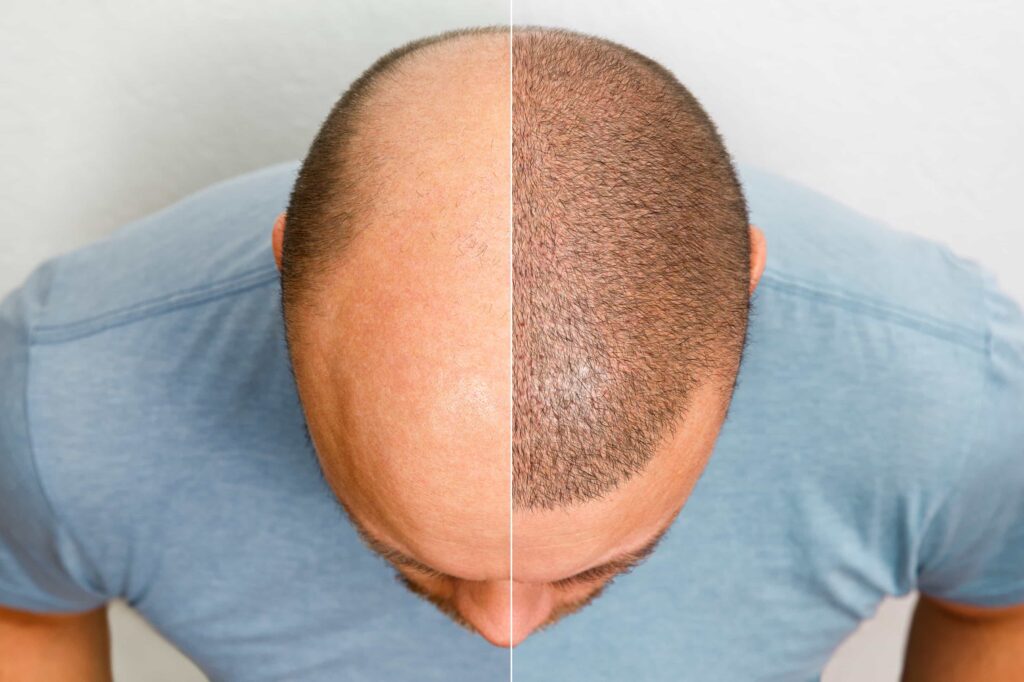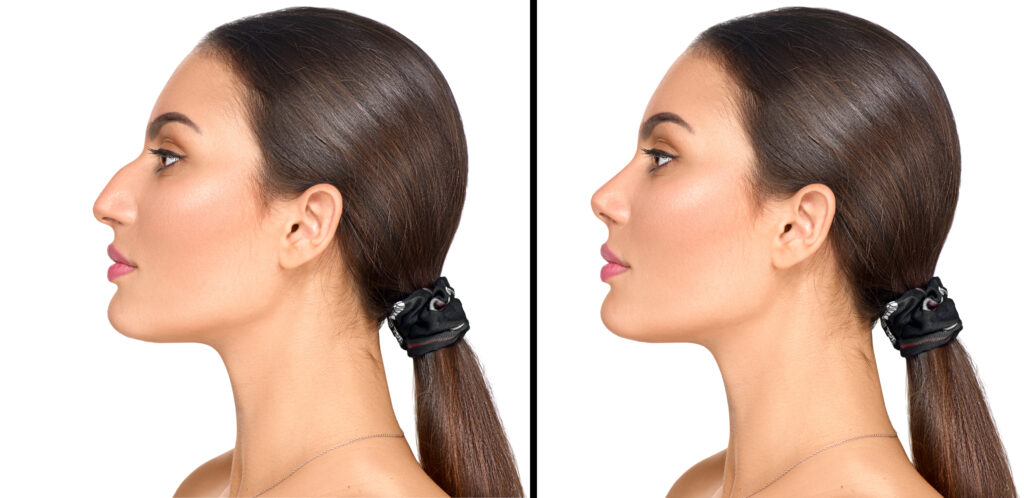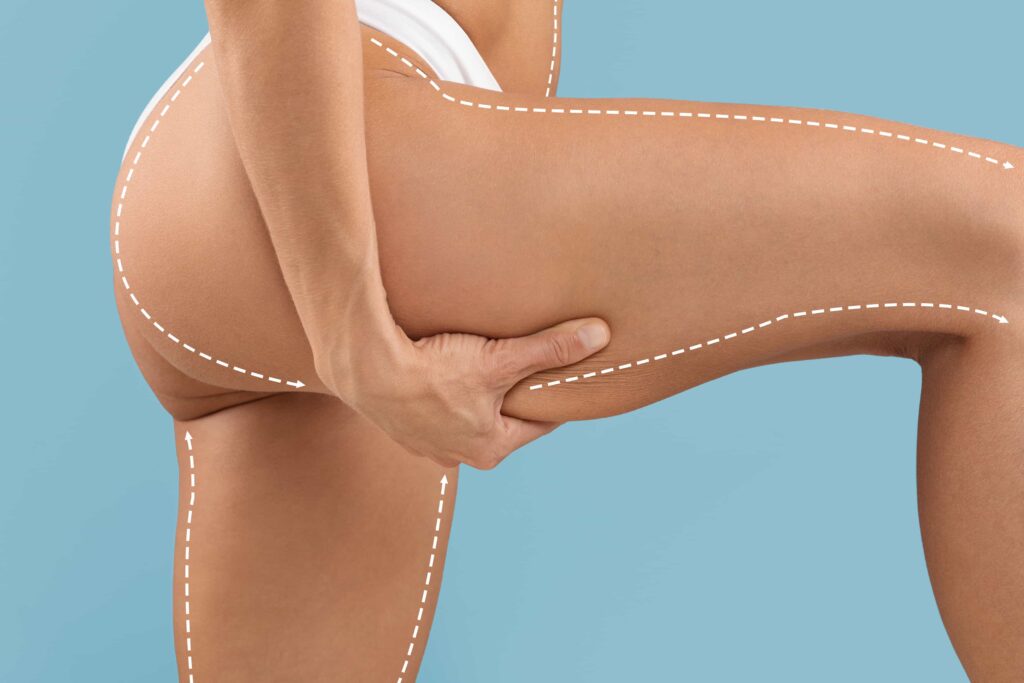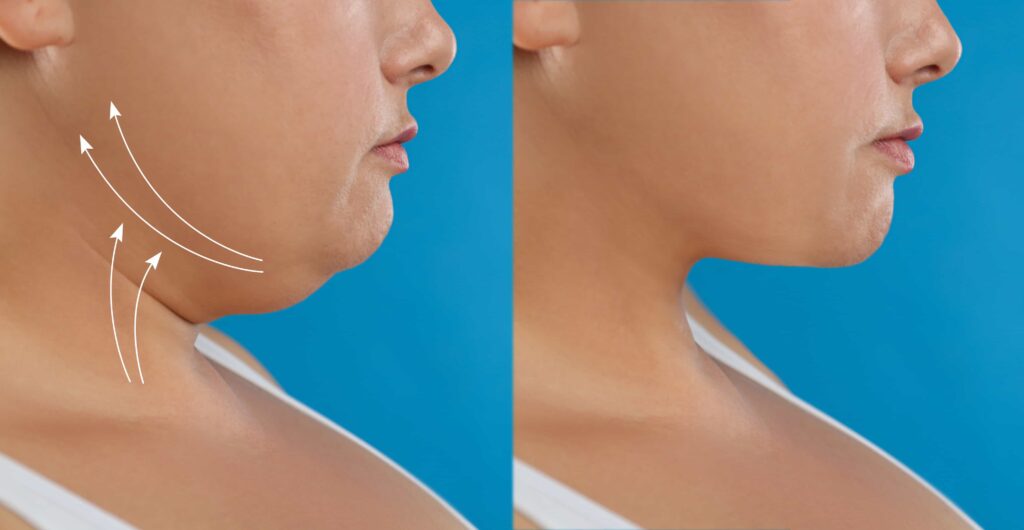A neck lift removes excess skin and fat to create a smoother, more defined neck.
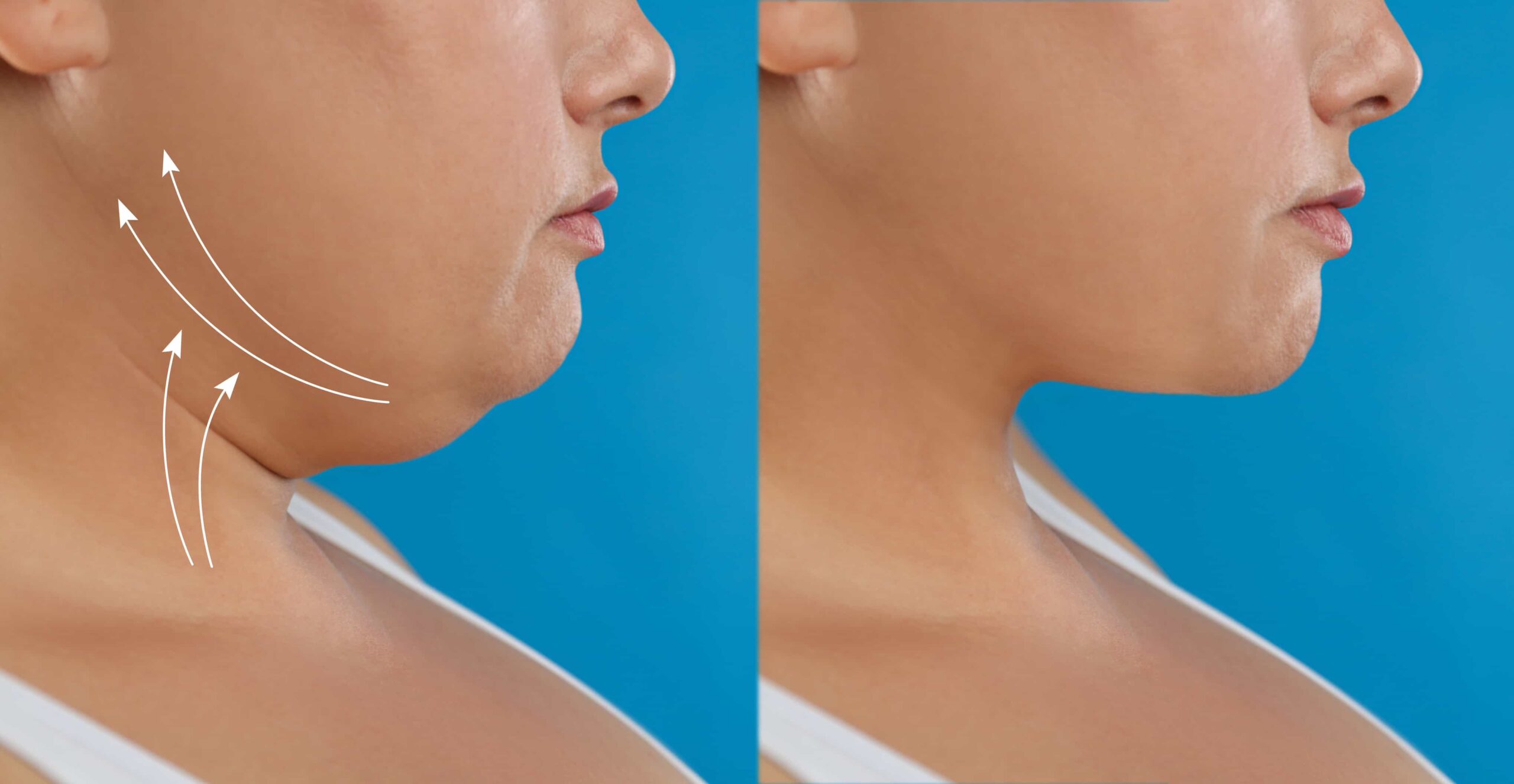
A neck lift, or platysmaplasty, is a cosmetic surgery that tightens the platysma muscle to improve neck contour and restore a youthful look. The platysma runs from the collarbones to the lower face and helps with facial movement. When it weakens, the neck can start to sag.
People may choose a neck lift if they have excess fat, loose skin, horizontal bands, or sagging that resembles a turkey neck. The goal is to create a smoother, more defined neck profile.
Neck lift surgery is a minimally invasive procedure that focuses on the area between the chin and collarbone. It can remove some fat, but people mainly concerned with a double chin may want to consider double chin surgery instead.
For a non-surgical option, several treatments can improve the neck’s appearance. However, these usually require multiple sessions and offer temporary results.
Nonsurgical options include:
•Botulinum toxin injections to reduce neck bands
•Deoxycholic acid to break down fat under the chin
•Dermal fillers to add volume to loose skin
In addition, fractionated laser treatments can smooth the skin and improve texture using focused light.
– Well-defined jawline
– Firmer and smoother skin
– Contoured facial profile
– Youthful appearance
– Bleeding
– Alterations skin sensation
– Deep vein thrombosis (DVT)
– Infection
– Discomfort
– Impaired wound healing
– Scarring
Before the Procedure
Before your neck lift, your provider will review your health, goals, and expectations. Based on this, they will choose the best surgical technique for your needs. You may also discuss other procedures like a brow lift, eyelid surgery, or skin resurfacing to enhance your results.
Your provider will examine your facial structure, take measurements, and possibly take photos to compare before and after surgery.
During the Procedure
Neck lift surgery is usually done under general anesthesia, putting you to sleep. Sometimes, it can be done with sedation and local anesthesia to numb specific areas.
There are different techniques, depending on your anatomy, skin elasticity, and goals:
•Liposuction is the least invasive and works well for younger patients with good skin tone and fat under the chin. The surgeon makes small cuts behind the ears and under the chin to remove fat. It defines the neck but doesn’t fix deeper structural issues.
•Anterior neck lift uses a small cut under the chin to reach deeper tissues. After adjusting them, the surgeon repositions the skin for a more sculpted look.
•Extended neck lift is often done with a facelift. It involves cuts under the chin and in front of the ears along the hairline. This approach lets the surgeon adjust deeper tissues and remove extra skin.
•Direct excision (Z-plasty) removes large amounts of loose skin. It’s usually used for older patients who need more correction.
Your surgeon will talk with you about the best option for your situation. They will consider your goals, budget, and the reasons you’re unhappy with your neck’s appearance.
After a neck lift, it’s normal to have swelling and bruising. You may need to wear a compression garment to help reduce swelling. Keep your head elevated and straight to support healing.
You might feel tightness in your neck and see bruising, but these usually get better in a few weeks. Stitches are often removed within five to ten days.
Recovery takes several weeks. It’s important to follow your post-surgery instructions. These will tell you how to manage swelling, ease discomfort, when to get back to daily activities, and when to call your doctor if something doesn’t feel right.
Swelling and bruising can take several weeks to months to fully heal after surgery. Incision lines may take up to a year to fade significantly. During the recovery period, it’s crucial to protect the skin from sun exposure. Applying sunscreen regularly is essential. Taking these precautions will aid in the healing process.
Neck lift surgery carries several risks, including anesthesia complications, bleeding, and potential facial asymmetry. Other concerns include fluid accumulation, infection, and changes in skin sensation, such as numbness.
Patients may also experience persistent pain, poor wound healing, and prolonged swelling. Rarely, there could be nerve injuries leading to weakness in the lower lip, or deep venous thrombosis with serious cardiac or pulmonary implications. It is crucial to discuss these risks thoroughly with your plastic surgeon and address any questions you may have before giving consent.
According to recent statistics from the American Society of Plastic Surgeons, the average cost of a neck lift, or lower rhytidectomy, is $7,885. However, this figure does not account for additional expenses such as anesthesia and operating room fees.
To get an accurate final cost, it’s important to consult with your plastic surgeon’s office. The surgeon’s fee for the procedure can vary based on their experience, the specific technique employed, and the location of their practice.



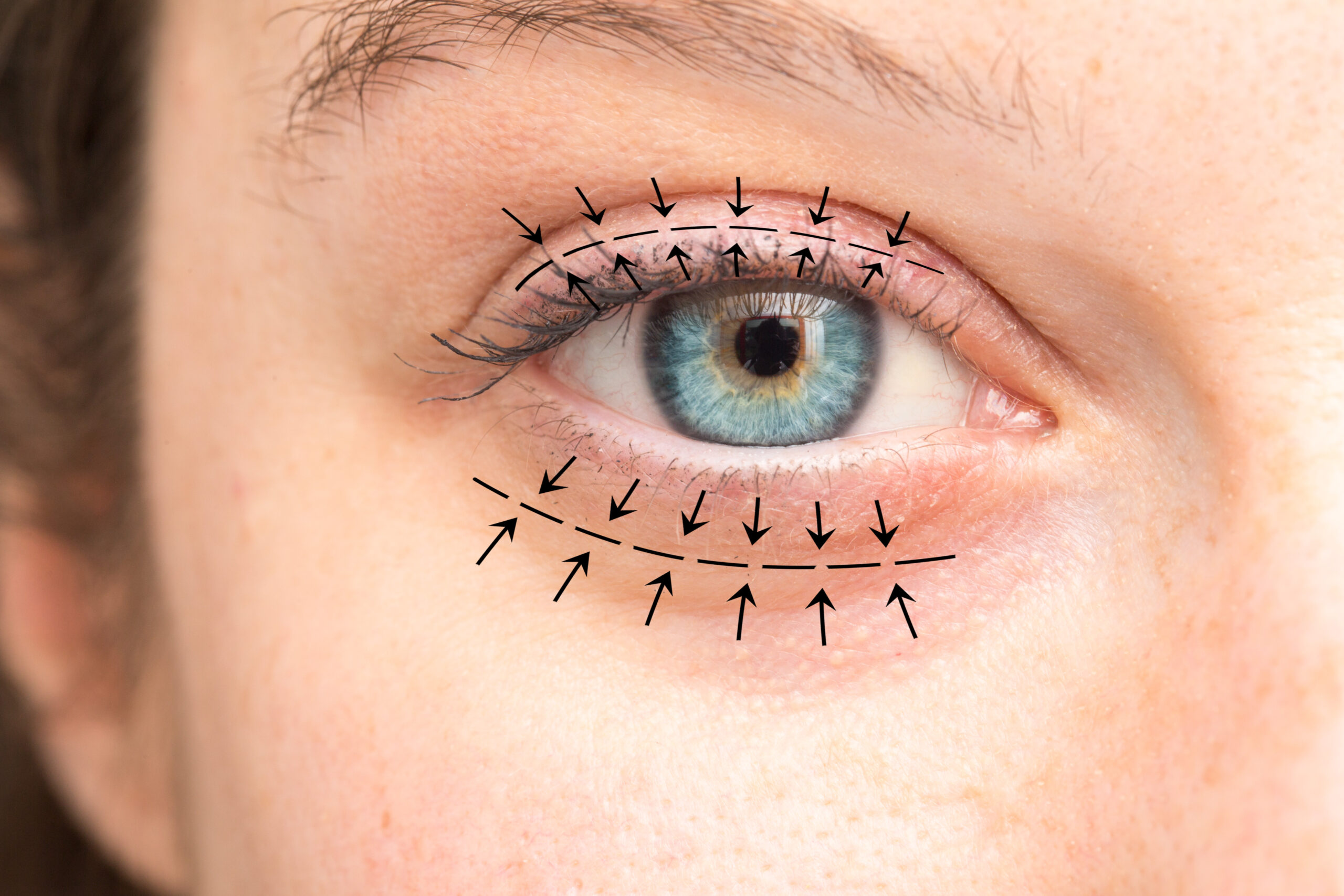
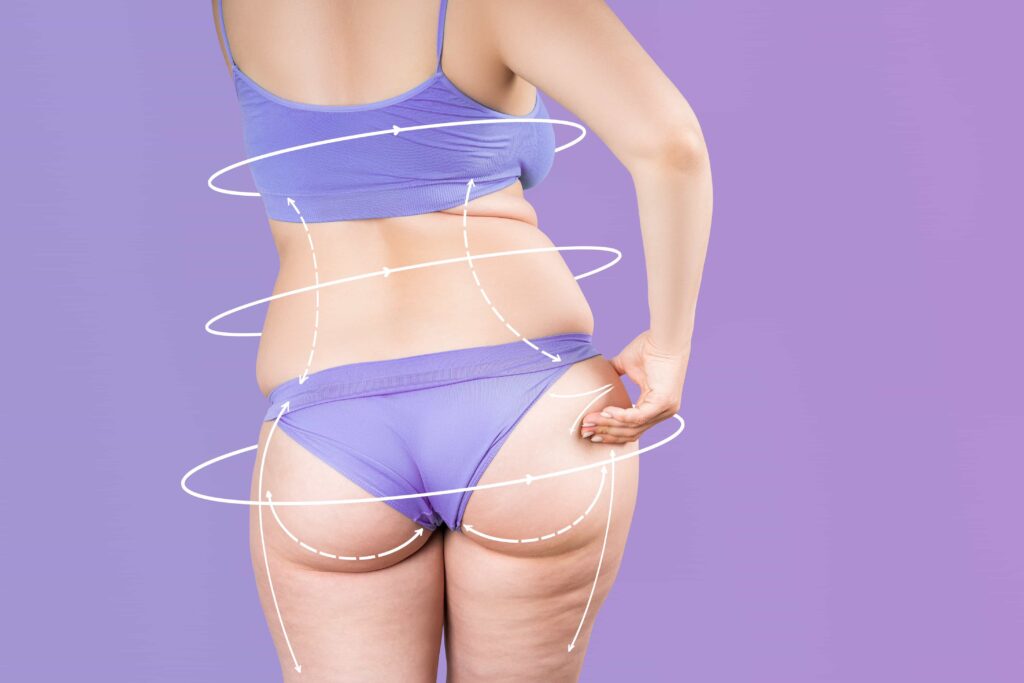

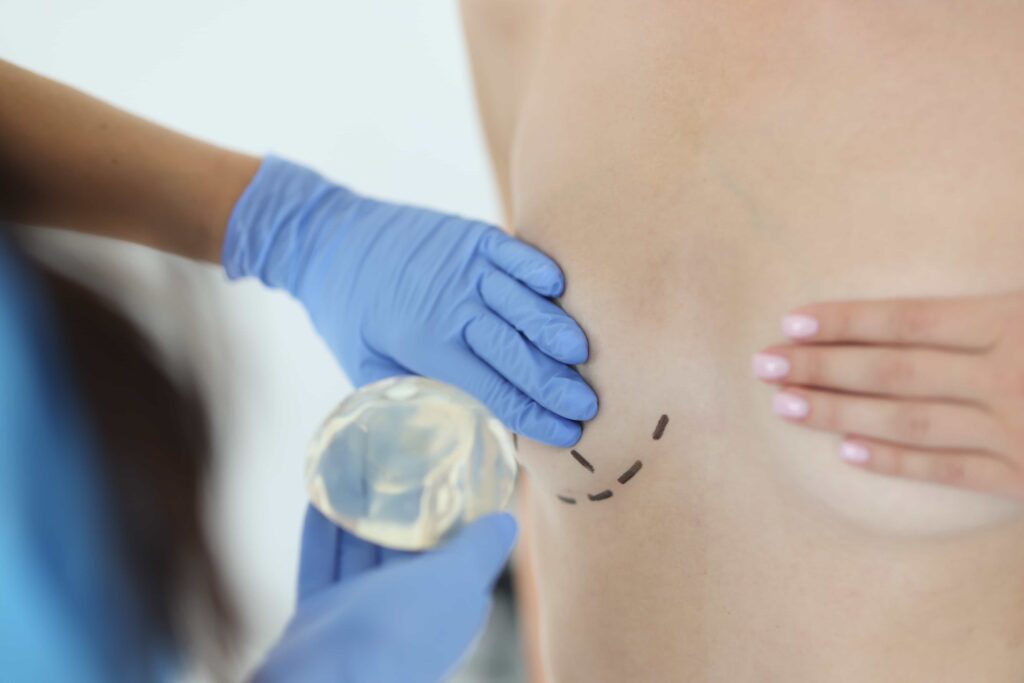


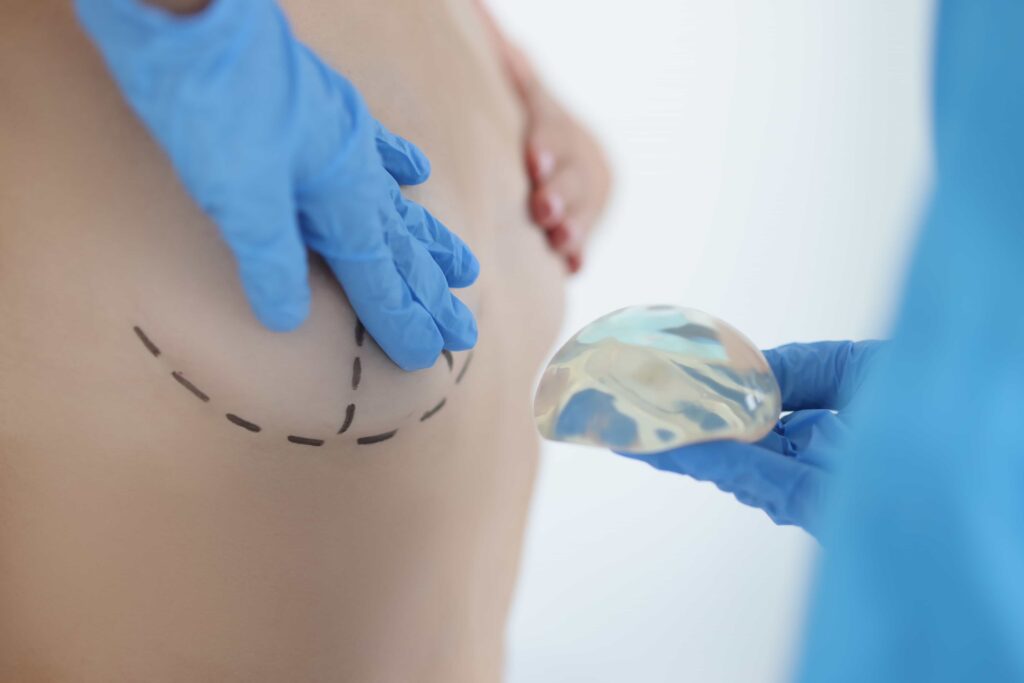



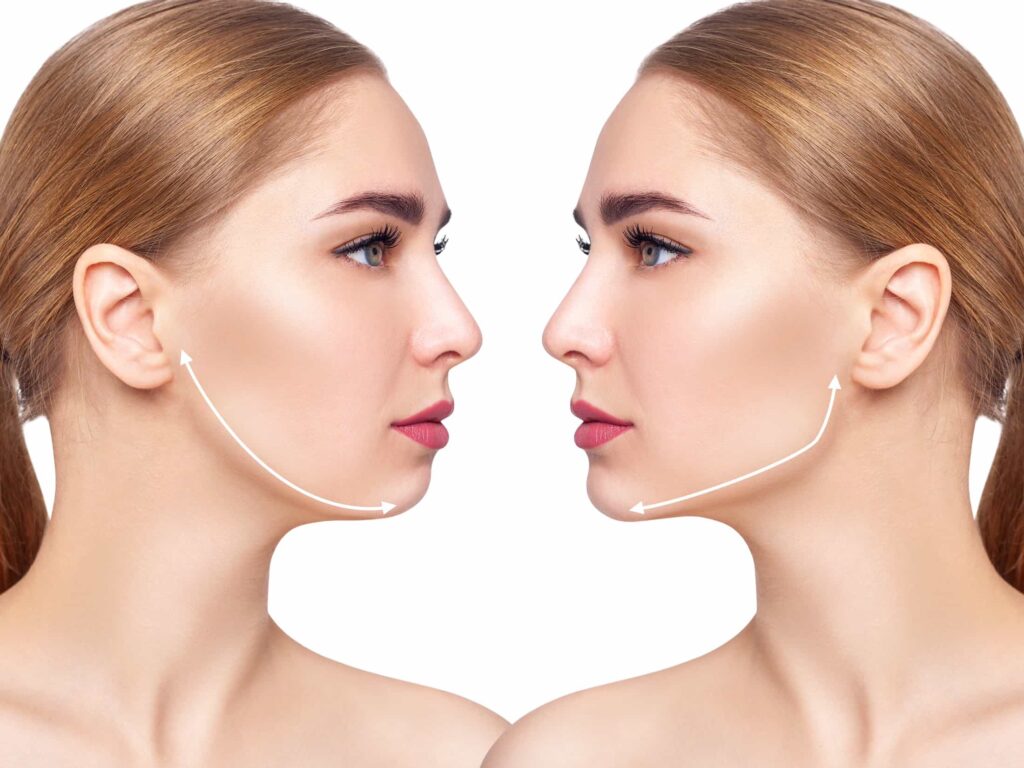

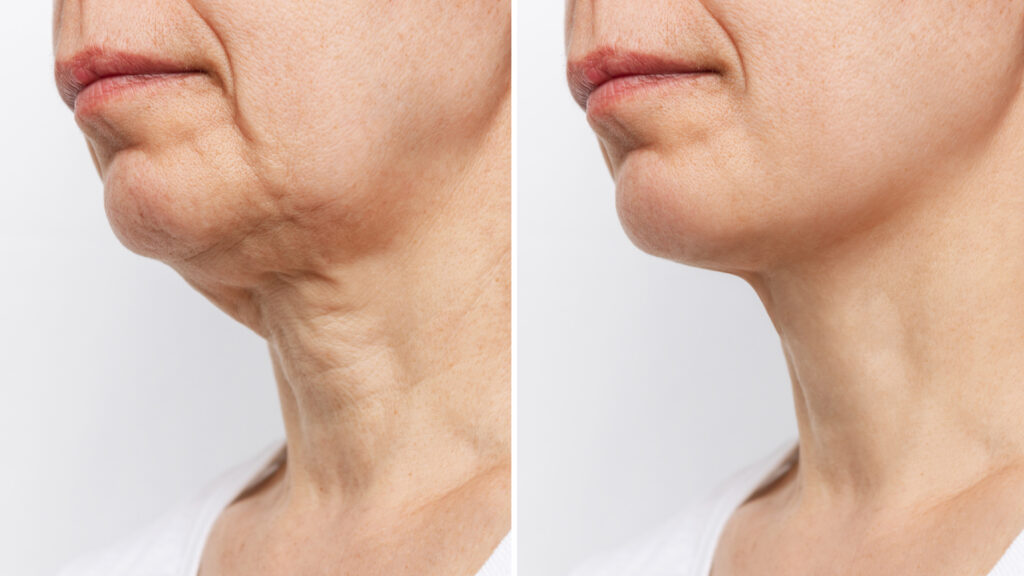


Fat grafting is a procedure that enhances and naturally adds volume to areas of the body by using your own…

